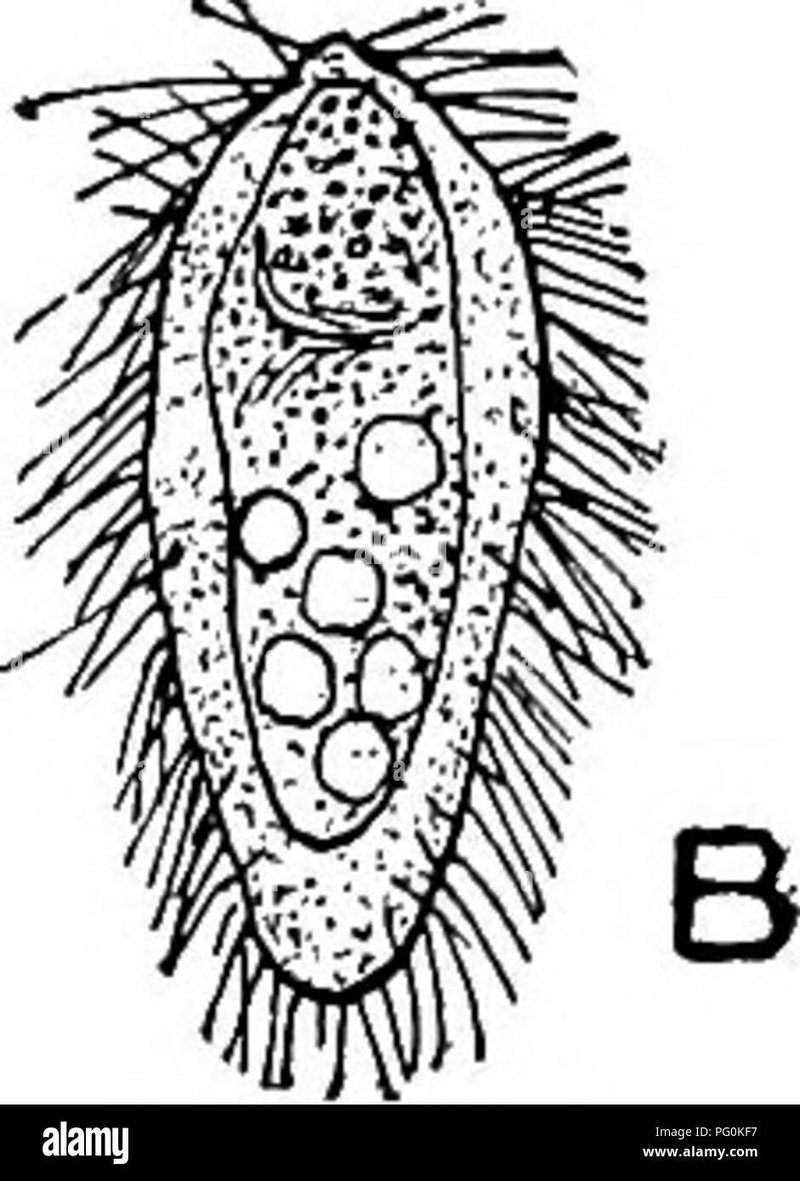
Liver flukes, primarily found in the intestines of animals like sheep and cattle, can seem like an odd topic, but their impact on ecosystems is significant. These creatures, known scientifically as *Fasciola hepatica* and *Fasciola gigantica*, have fascinating life cycles and interactions with their environments. They might not be the most glamorous topic, but understanding liver flukes can really shine a light on the interconnectedness of life in soil and water. So, let’s dive into the world of liver flukes and explore their roles in our ecosystems.
What Are Liver Flukes?
Liver flukes are flatworms belonging to the class Trematoda. They have a unique and intriguing life cycle that begins in freshwater environments, typically in bodies of water like ponds or streams. Here’s how it works: adult flukes live in the livers of various mammals, where they release eggs. These eggs then hatch into larvae called miracidia, which seek out specific snail hosts. Once inside, they transform into another larval stage, called cercariae, which leave the snail to find their next stage.
This transformation is fascinating! Think about it: these tiny creatures start their life as eggs, hatch into larvae, and find a home in a snail, only to emerge again in search of larger animals. Once they find a suitable host like sheep or cows, they settle in the liver, where they mature and continue the cycle. This reliance on multiple hosts makes liver flukes especially important in understanding ecological relationships.
The Role of Liver Flukes in Aquatic Ecosystems
So, how do liver flukes fit into aquatic ecosystems? Well, they’re not just freeloaders living off their hosts. Their presence affects the health and balance of the entire system. For example, the flukes can influence the population dynamics of their host animals. When infected, these hosts often show decreased growth and reproduction rates, which impacts their populations and, in turn, the predators that rely on them for food.
Additionally, by residing in the liver of their hosts, liver flukes can affect the nutrients that these animals absorb. For instance, a heavily infected animal may not get all the nutrients it needs, which can lead to poor overall health. This affects other animals higher up in the food chain, as they may struggle to find enough healthy prey. It’s a domino effect that starts with these tiny creatures.
Impact of Liver Flukes on Soil Ecosystems
Now, let’s shift gears and talk about how liver flukes impact soil ecosystems. While their main life cycle revolves around aquatic environments, their influence reaches land too. Animals infected with liver flukes often deposit eggs and larvae in the soil through their waste. This can introduce fluke larvae into terrestrial systems, where they can encounter new hosts, particularly grazing animals.
This connection is vital. The liver flukes in soil can serve as a food source for various organisms, contributing to nutrient cycling. Think of them as recycling agents, breaking down nutrients and making them available for plants and other organisms in the soil. In this way, even tiny parasites like liver flukes help maintain soil health, supporting diverse plant life and the animals that feed on them.
The Veterinary Implications of Liver Flukes
For farmers and those in animal husbandry, liver flukes are more than just a curiosity—they pose significant veterinary concerns. Infected animals often experience reduced productivity, with symptoms such as weight loss, anemia, and even liver damage. This can lead to economic losses, especially in livestock-heavy regions.
Farmers must be vigilant. Routine deworming and monitoring of livestock can help manage fluke populations. If you’re a farmer, you might want to consider implementing rotational grazing or wetlands management to help reduce snail populations that host liver fluke larvae. This proactive approach can prevent outbreaks and improve the overall health of your animals.
Managing the Impact of Liver Flukes
Managing liver fluke populations isn’t just a farmer’s job; it’s a shared responsibility that includes government initiatives and educational programs. Communities can work together to monitor water and soil quality, ensuring that both agricultural practices and natural ecosystems remain healthy. In some regions, public health campaigns also focus on educating communities about liver flukes and their life cycle, empowering them to take action.
You might be wondering how this works in practice. Consider a farmer who teams up with local environmental organizations to limit water pollution. By reducing nutrient runoff into ponds and minimizing standing water, they help lower snail populations, reducing the chances of fluke infections. It’s a practical, community-based approach that benefits both agriculture and natural ecosystems.
Liver flukes may be small, but their role in both soil and aquatic ecosystems is crucial. They highlight the intricate relationships within ecosystems, where even the smallest organism can have a big impact. Understanding liver flukes teaches us about the balance of nature and reminds us that every creature, no matter how tiny, has a role to play.
Next time you see a cow or sheep grazing, remember the liver flukes that might be influencing their health and their environment. These little hitchhikers are part of a much bigger picture, and their story is an important chapter in the tale of our planet’s ecosystems. Whether you’re involved in farming, conservation, or simply enjoy learning about nature, appreciating the complexity of life on Earth can inspire us to take better care of our shared home.

